Maranta leuconeura var. erythroneura
Full marks if you can get the name right in one go! This Brazillian beauty is native to the deep shady areas of the rainforest–which is exactly what gives this spectacular plant her incredible features. A colourful friend for any interior.
The varietal name erythoneura refers to the Latin erythroneurus which means red veined. Indeed, the leaves have beautiful bright magenta veins that arch across the top side of the leaf towards the leaf tip–the reason why some call her The Herringbone Plant.
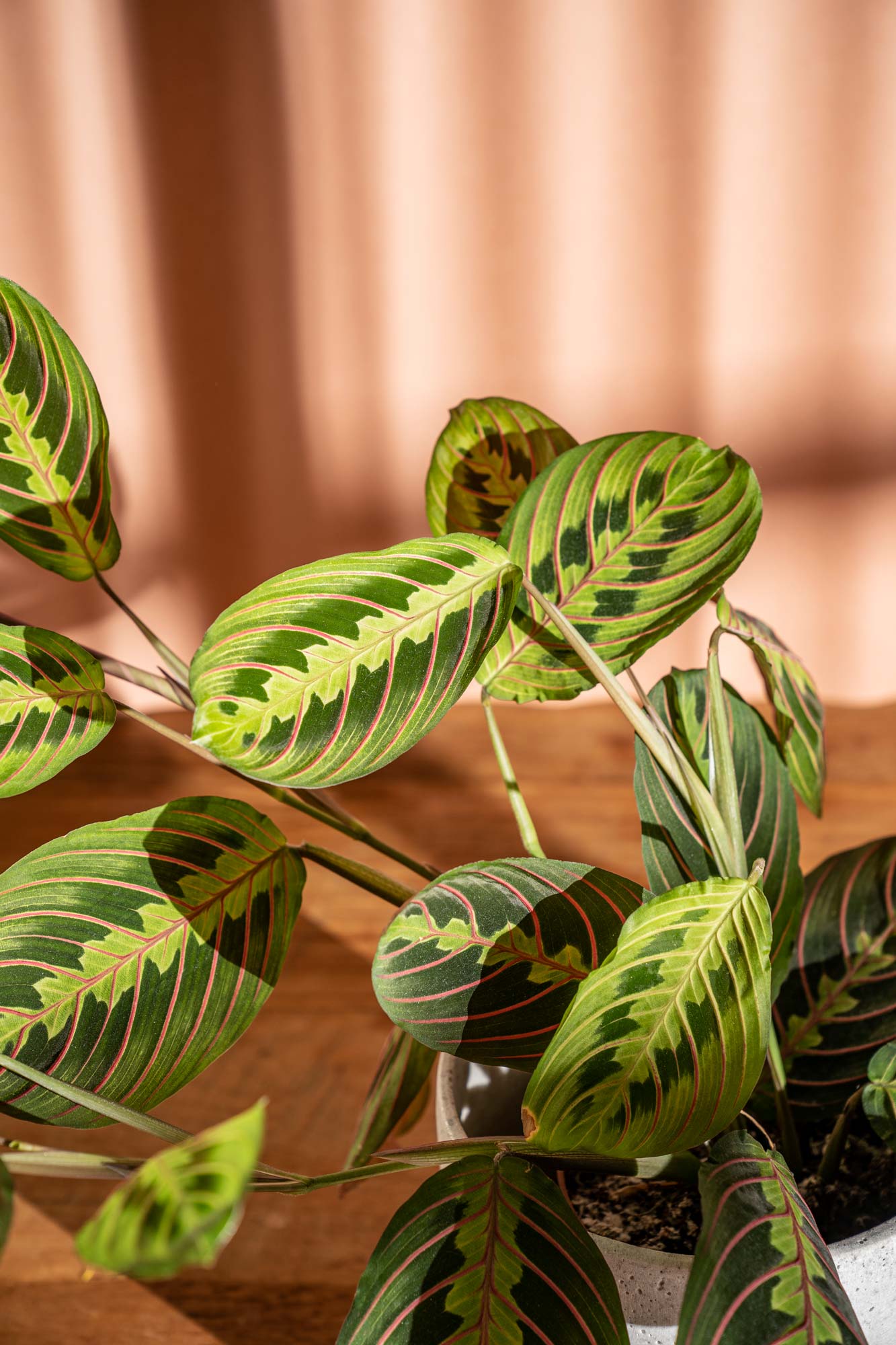
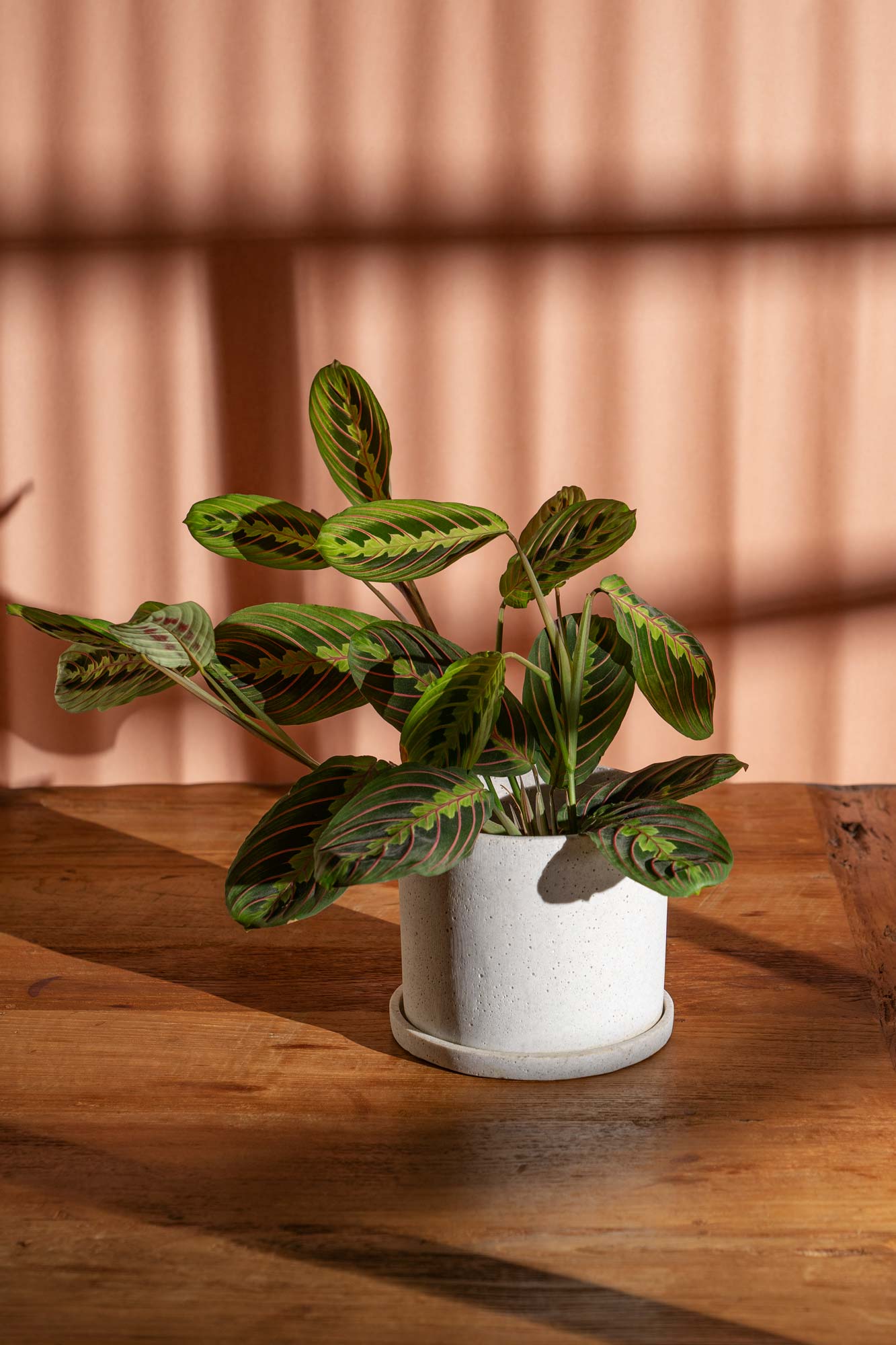
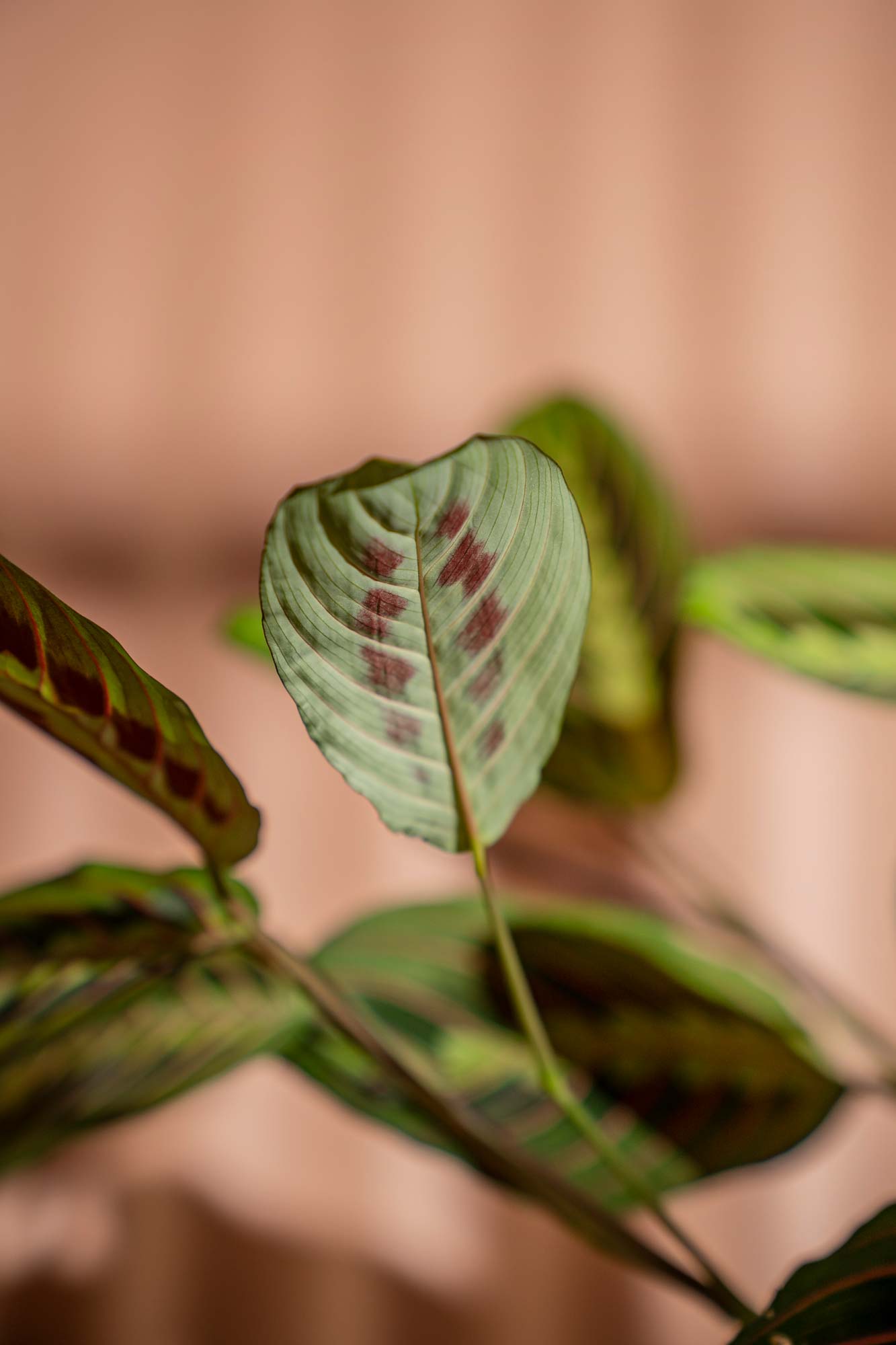
The under, or for nerds like myself abaxial side of the leaves, are a beautiful shade of burgundy. This reddish-maroony pigmentation, is called Anthocyanin, a phenomenon often occurring in plants with habitats in limited light or dark, shaded areas like rainforests. It’s a pretty awesome trick that allows the leaves to catch and absorb reflected light, since they usually don’t get so much sun from above.
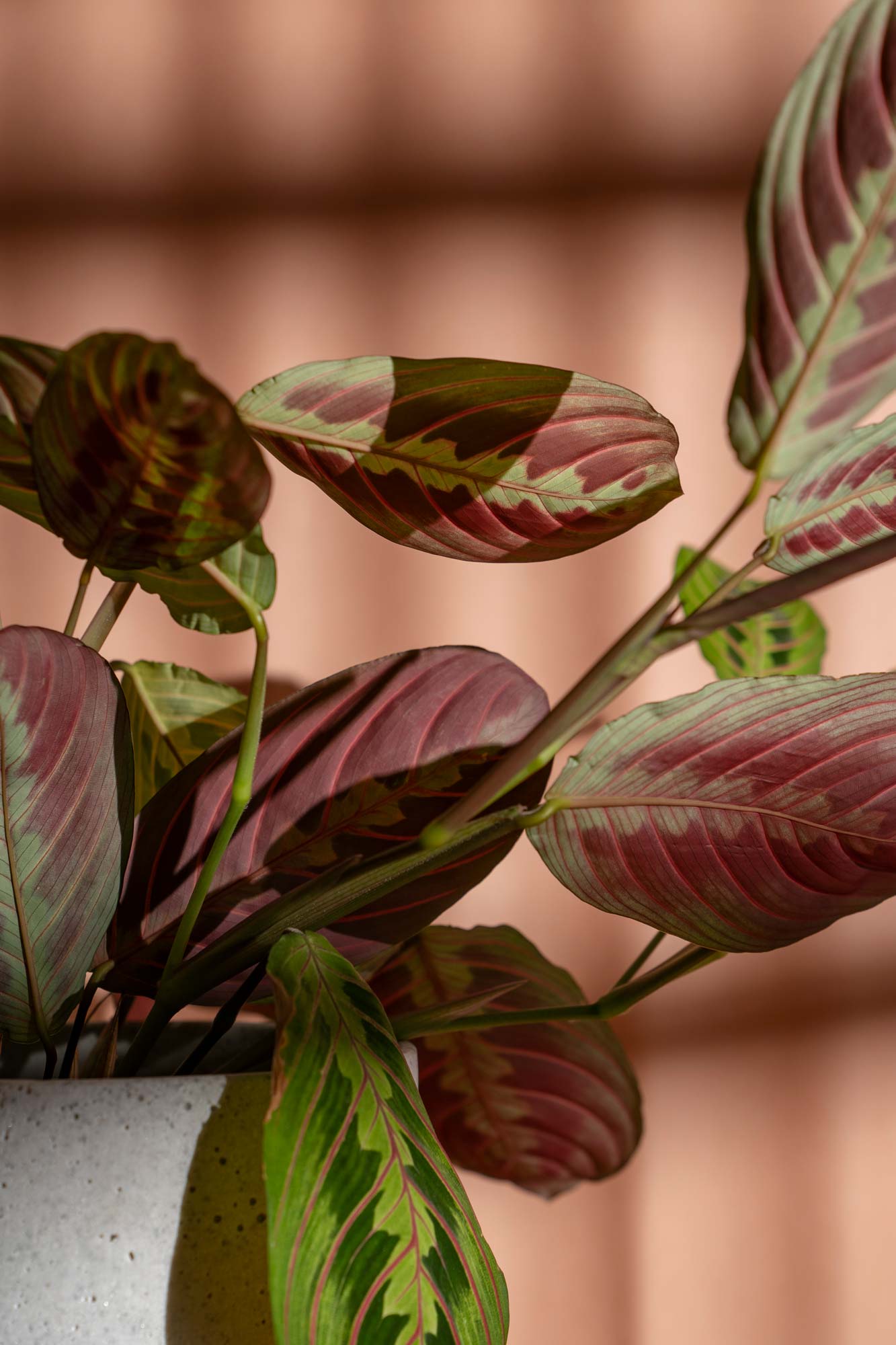
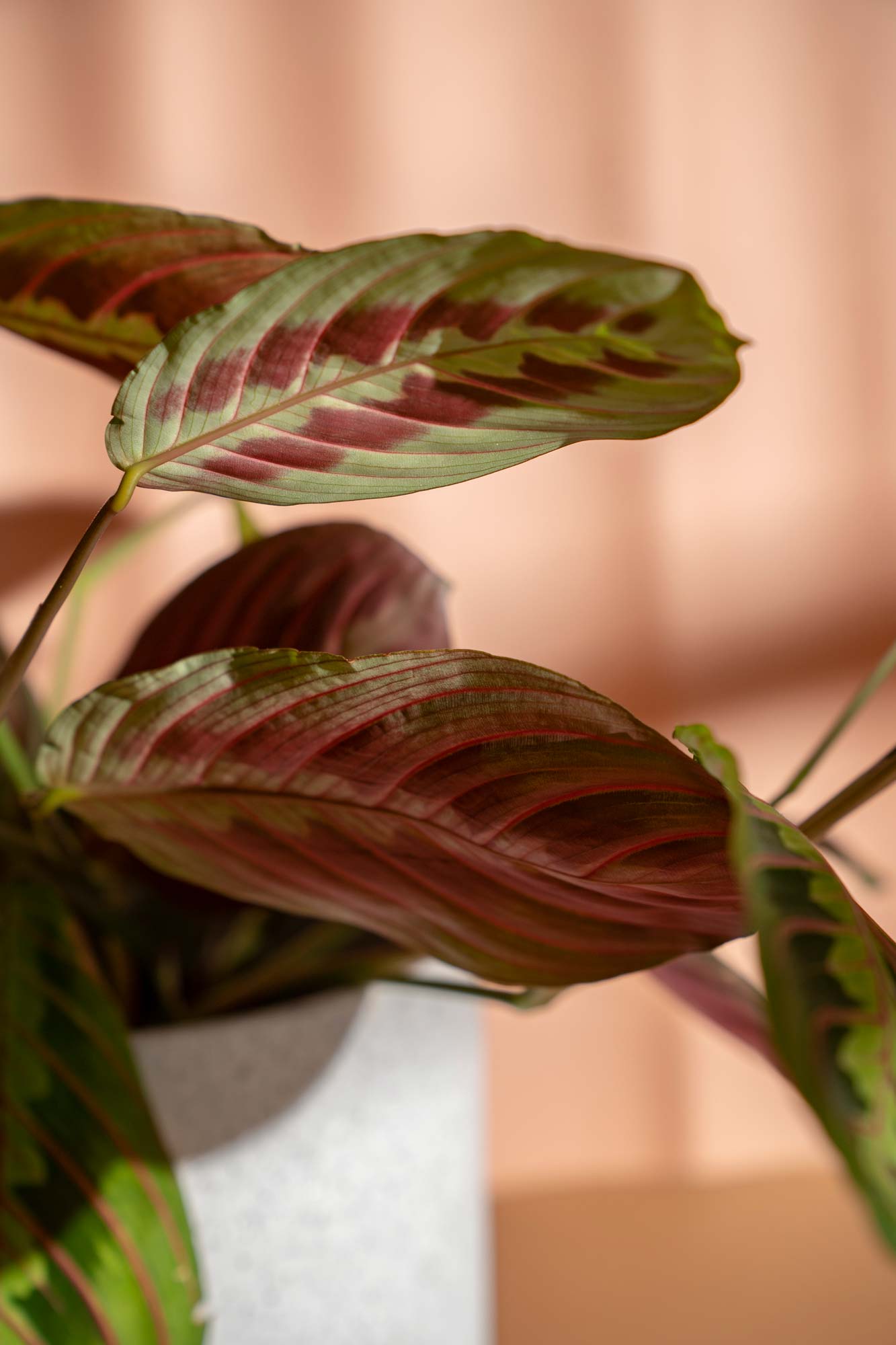
Apart from its intricate design, the Maranta has a ton of character. During the day, she appears to be silently sleeping. Her leaves lie flat and downward. Come evening however, her foliage folds nearly 90 degrees upward as her diurnal rhythm (daily circadian rhythm) bids her to react to the change in light. This behavior is called nyctinasty, and it is why she is nicknamed The prayer plant. I love it cause it really reminds me that plants are alive, and have habits just like we do.
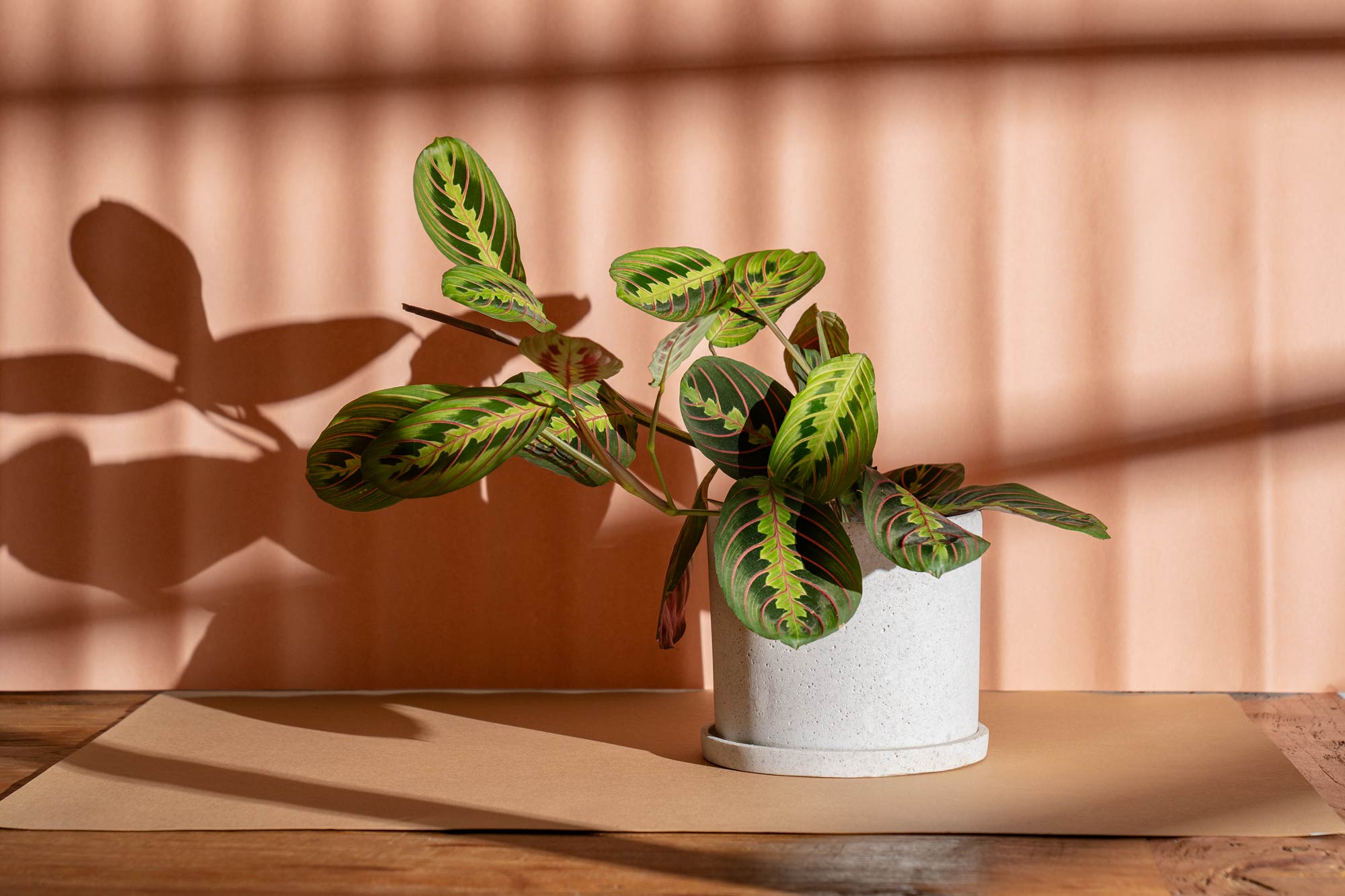
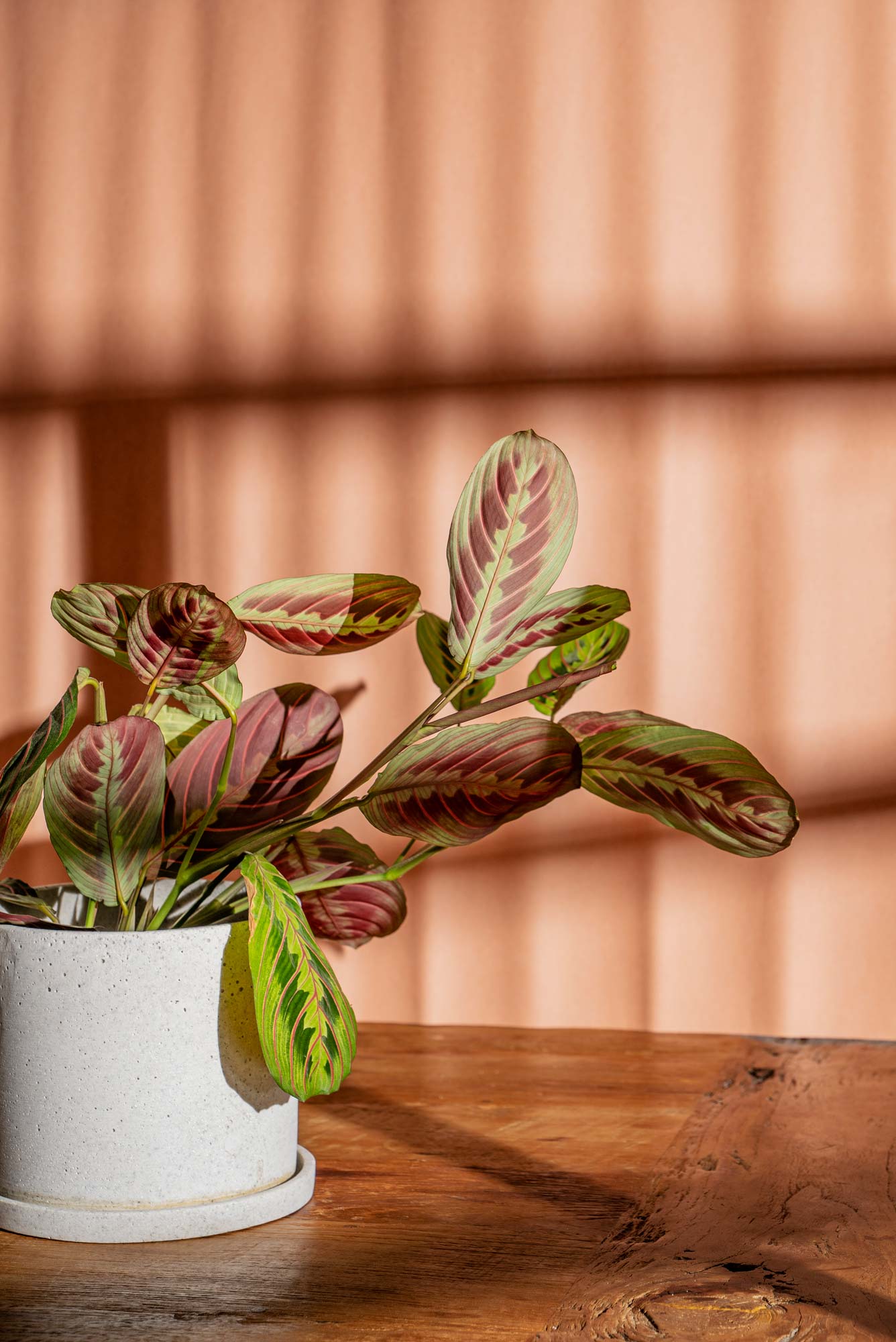
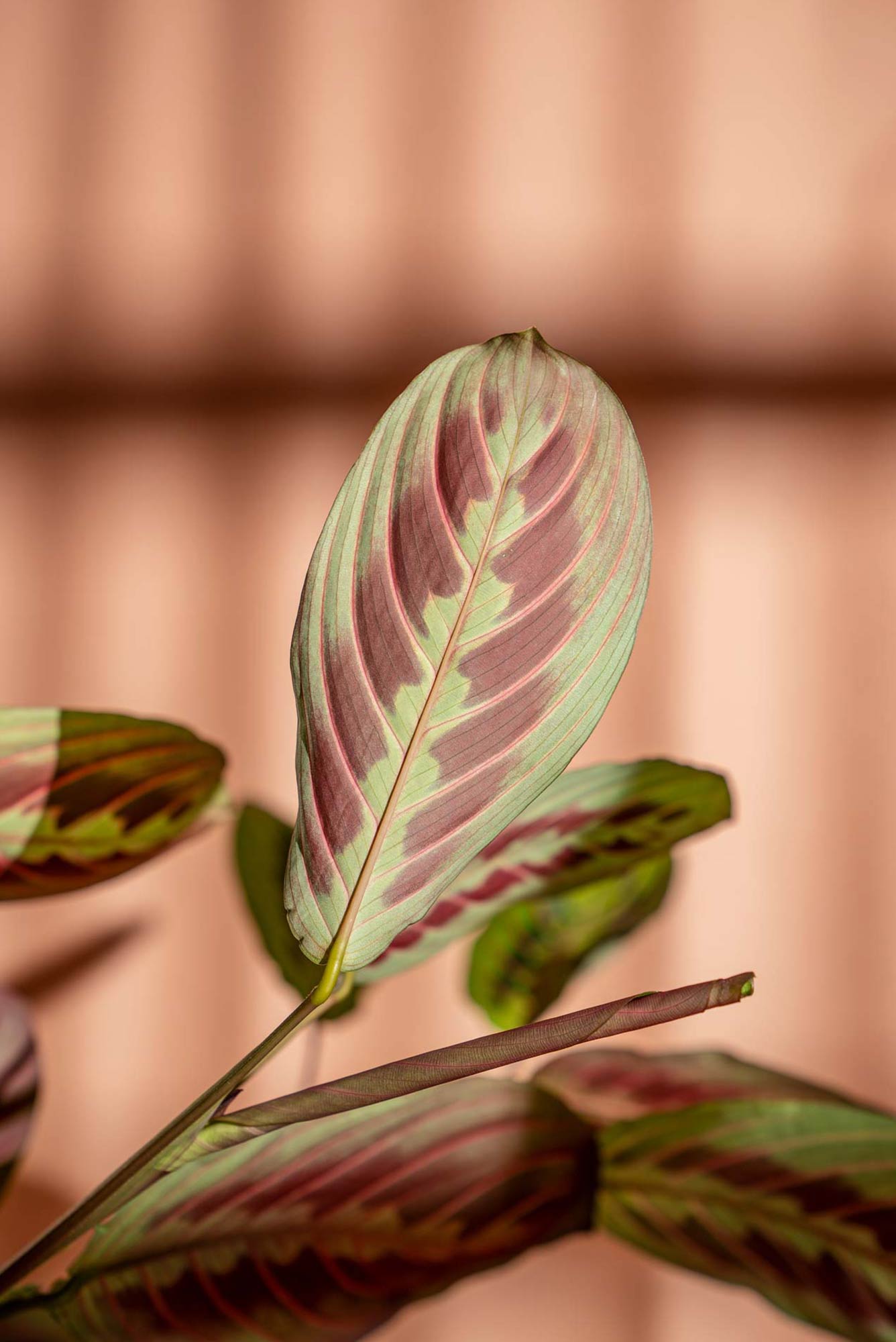
Maybe you’d also like to know that the Genus was named in honor of the Venetian physician and botanist, Bartolomeo Maranta, who helped found a botanical garden in Rome. Let’s now take a look at her care instructions shall we?
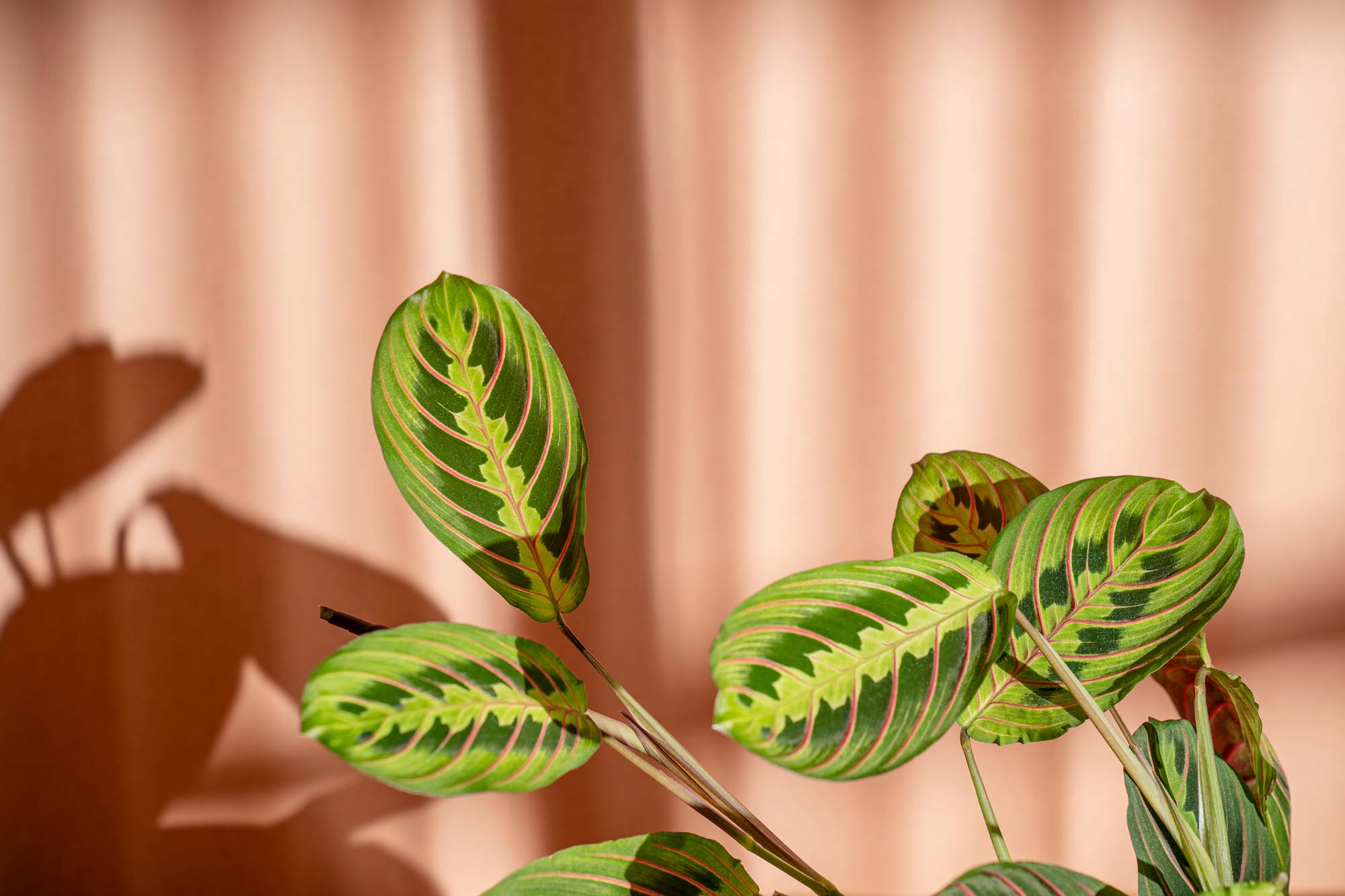
Caring for your Maranta
Names: Prayer Plant, Herringbone Plant, Maranta Tricolor
Family: Marantaceae, native to Brazil
Light: Any interior setting with indirect sunlight. Her colours will fade if she gets too much sun (remember the Anthocyanin from earlier). If there is too little sunlight, her leaves may not open properly. Watch her behavior. She’ll tell you what she needs.
Water: Water often, with purified water at room temperature (she’s sensitive to fluoride). She likes a moist humid environment–think tropical rainforest–and will roll up her leaves when she wants a drink-apparently.
Soil: Moist, well draining and never soggy
Toxicity: Non-toxic to cats & dogs
Propagation: Quite easily by cutting just below the leave node and sticking it in some water, much like the Ficus or Pothos.
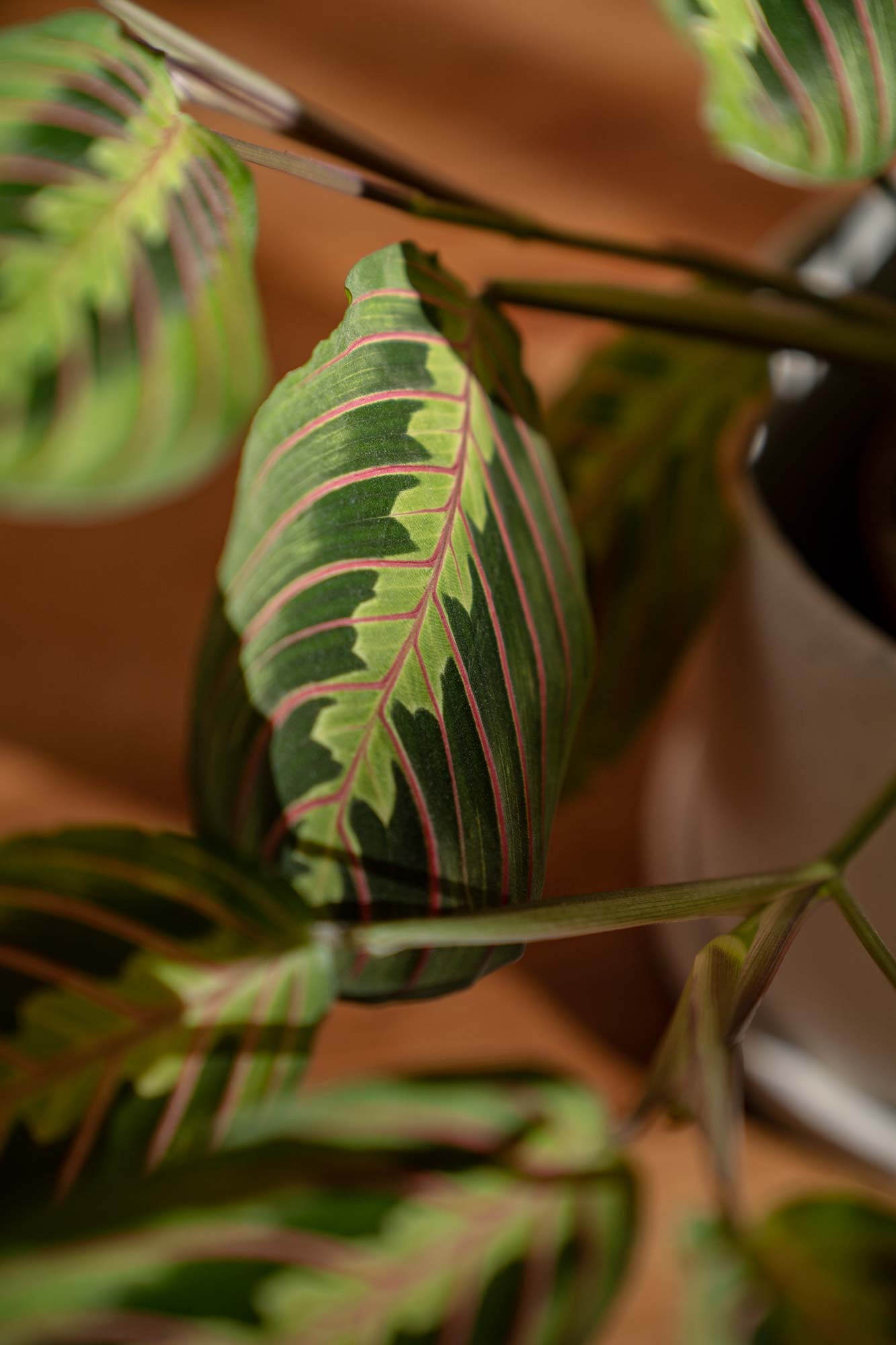
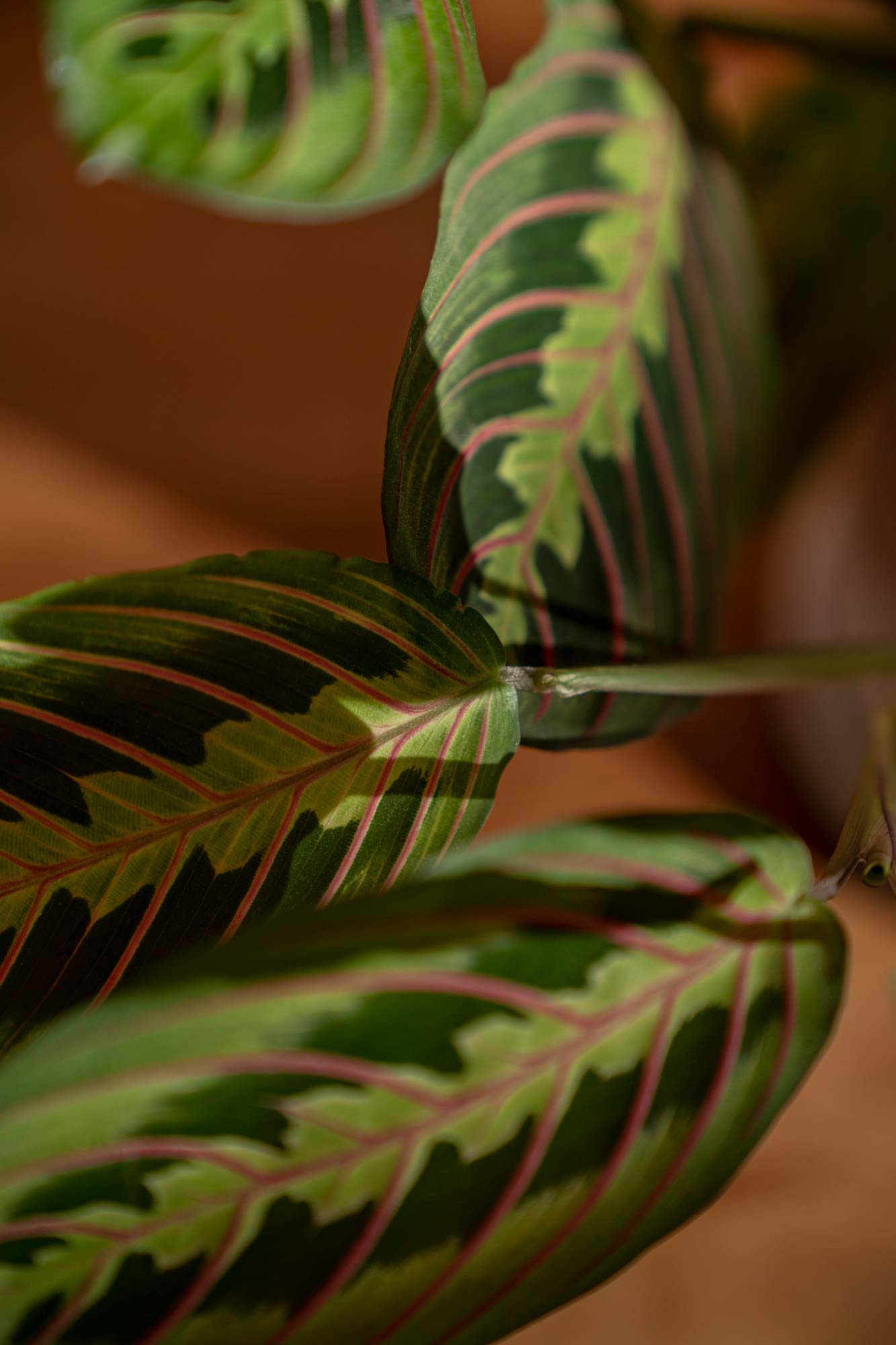
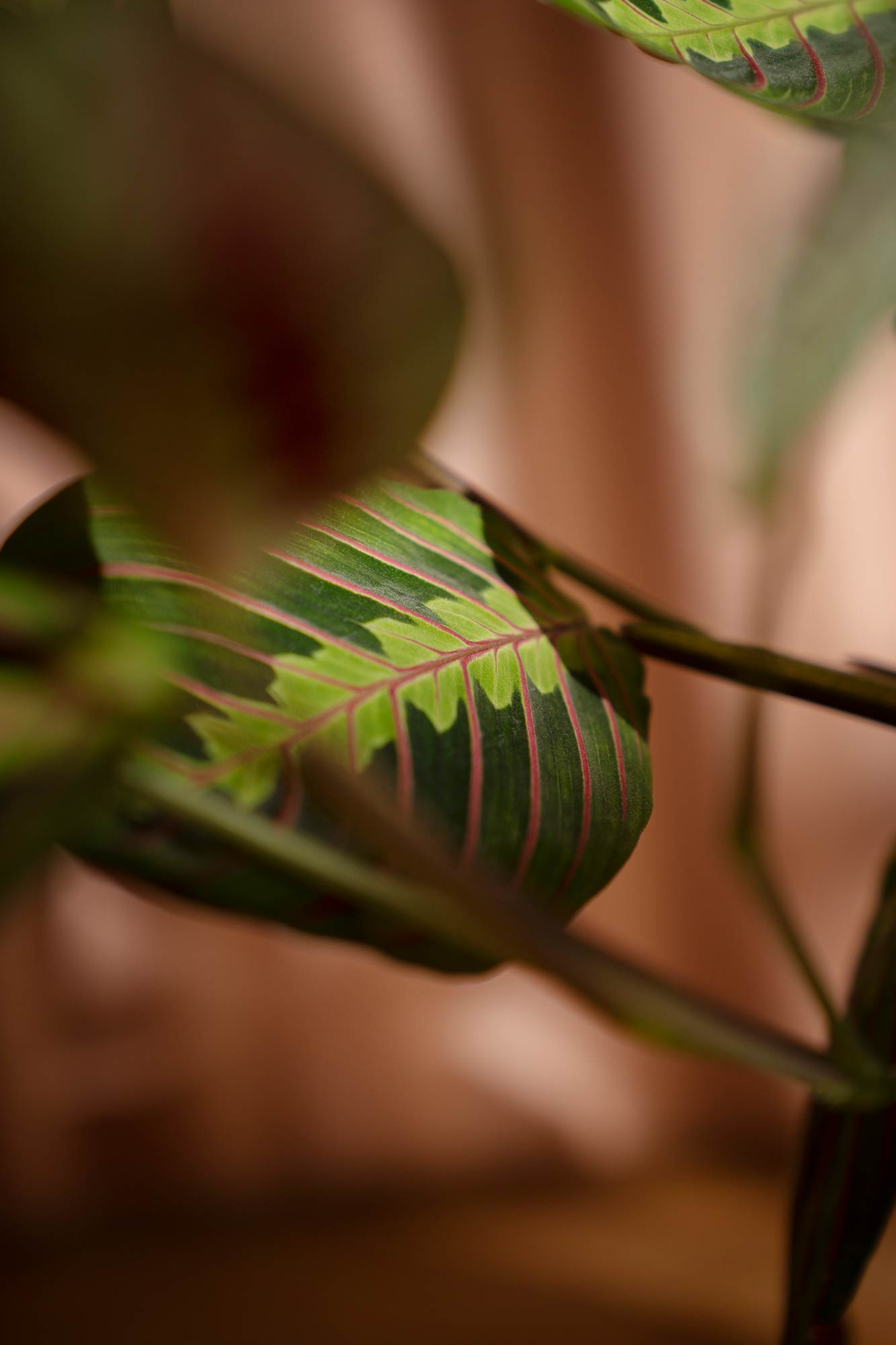
Text & Photography © Barbara Cilliers
Wild about plants?
Sign up to the newsletter for inspirational content and more tips and tales of nature’s babies.

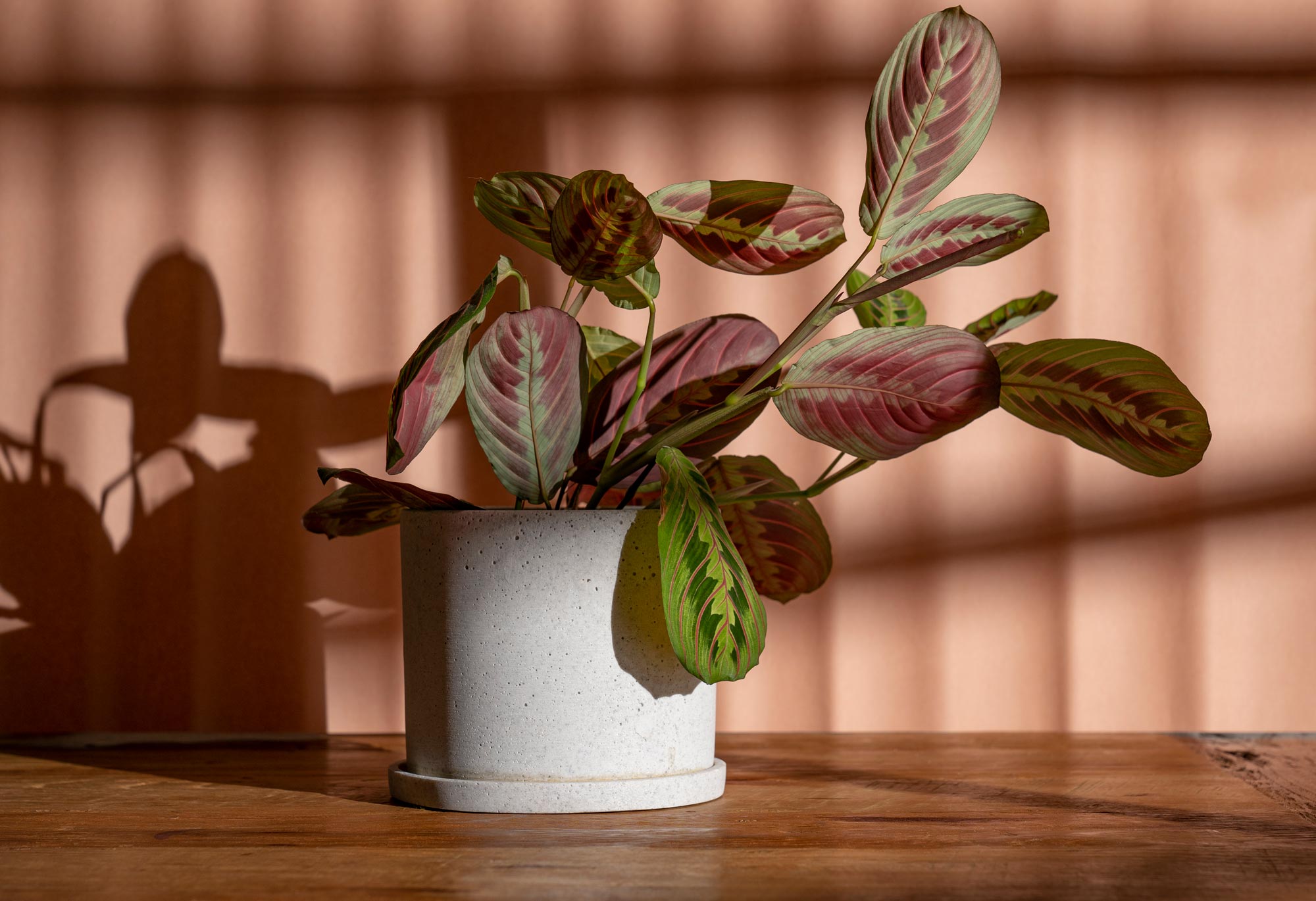

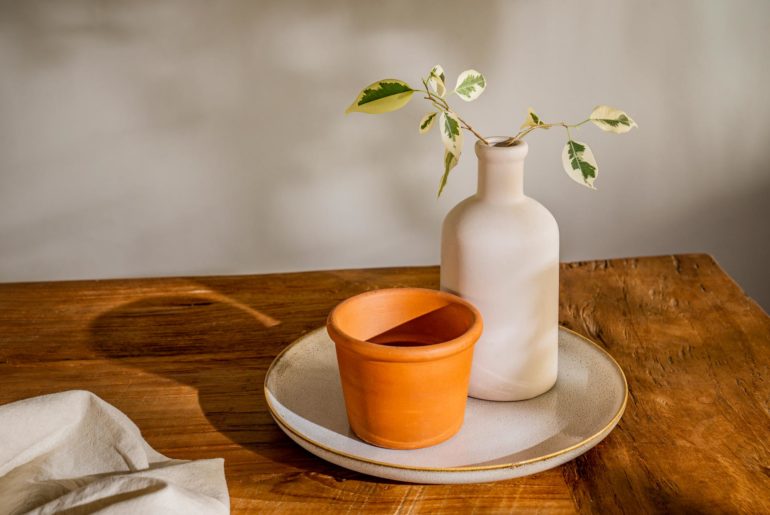
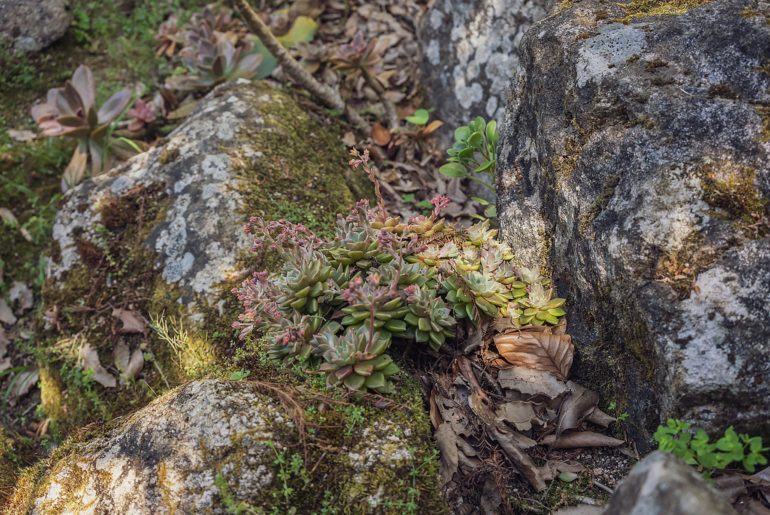
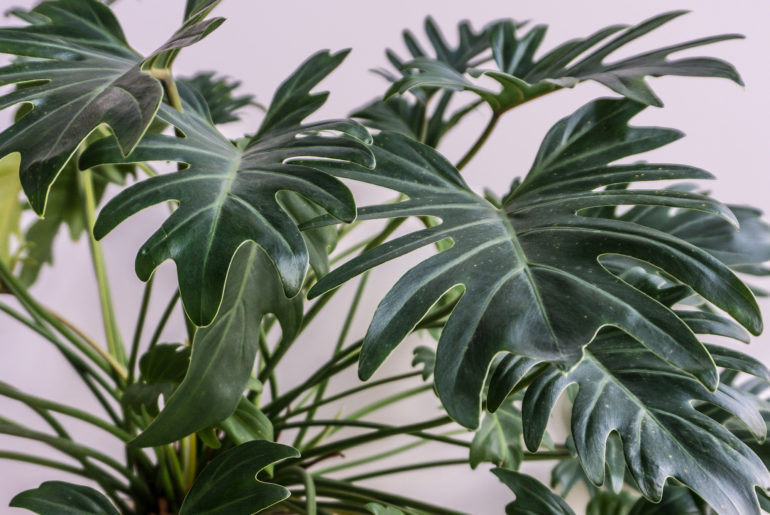
Comments are closed.